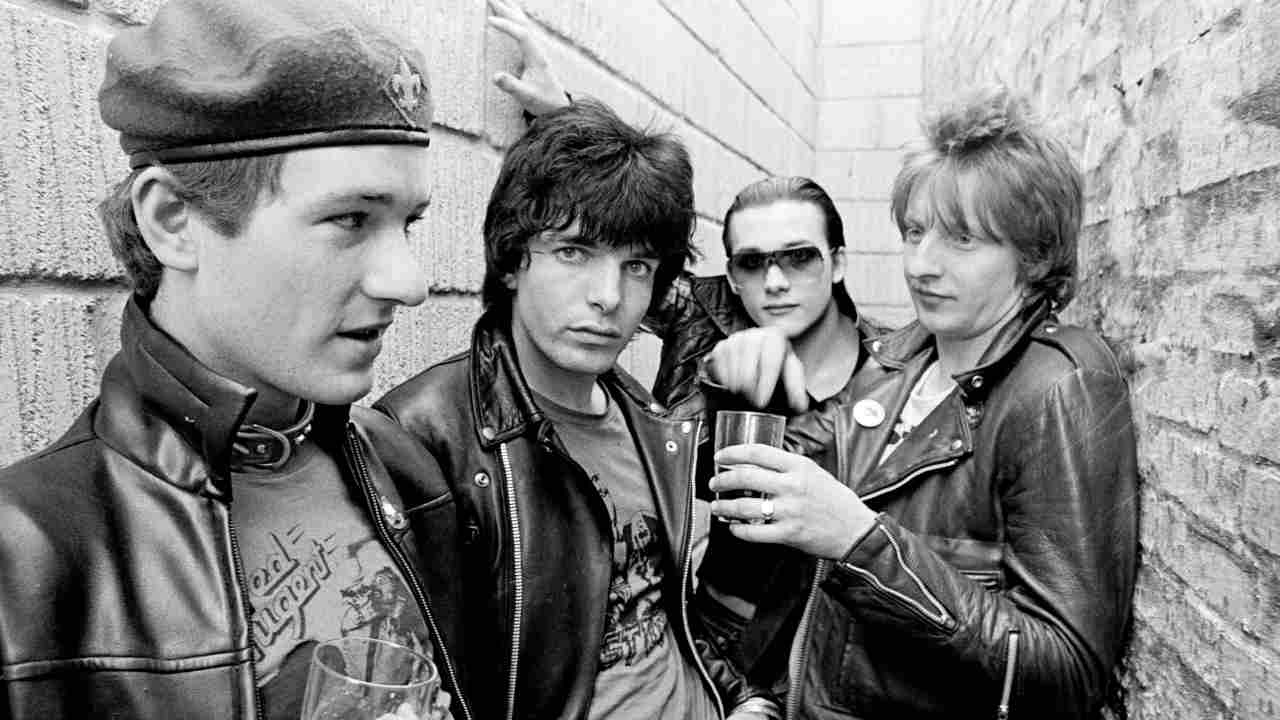You can trust Louder
Each full moon they came. Materialising from sonic ether – one new Peter Gabriel composition every four weeks or so, slow-building over almost a year into his first full-length album of new material in over two decades, allowing his faithful and broadminded followers to live inside it, an edifice raised around them.
For all its references to futuristic technologies – giant AI globes keeping surveillance over our leaders; headsets that turn our thoughts into pictures – i/o’s most impressive invention, at first, appeared to be an actual time machine. With the appearance of the first tracks Panopticom and The Court it was as if no time had passed since 2002’s Up. These were songs steeped in the abrasive industrial menace of Darkness from Up, the crackling synth noir of Digging In The Dirt from 1992’s Us and the darkly funky afrobeats of Gabriel’s early 80s albums.
Their themes, however, placed them firmly in 2023 and beyond. The dynamic Panopticom described an AI-era inversion of Jeremy Bentham’s maximum surveillance panopticon building, instead using satellites to turn Big Brother’s cameras back on the overseers and their global wrong-doings.
The haunting The Court, meanwhile, appeared to target social media’s indiscriminate mob justice through which ‘we’ve lost the line between the sane and the mad’. As a kind of tech-headed post-prog Bowie, Gabriel was never going to tread Up’s industrial waters too long. Gradually i/o grew ever more reflective, earthy, modernist and ambient. It evolved into Gabriel’s most consistent and cohesive post-80s record and the most philosophical of his life.
The title track, a celebratory marriage of 2000’s airy Downside-Up and a Springsteen chorus, explores the interconnectivity of man and nature right up to the worms Gabriel pictures devouring him in his grave. Piano ballads So Much and the sublime, orchestrated Playing For Time (Randy Newman doing Here Comes the Flood) bravely face down mortality.
Gabriel’s late-in-life wisdoms naturally veer towards the world-healing. Graceland-ish groover Live And Let Live, in very timely fashion, imagines what might happen if the tolerance and self-forgiveness one acquires with age were applied to vengeful and hate-filled international enemies. There are funk pop party pieces too; best is the jubilant Road To Joy. But ultimately i/o will stand as Gabriel’s dark, peace-making detente with an out-of-control world.
Sign up below to get the latest from Classic Rock, plus exclusive special offers, direct to your inbox!
Mark Beaumont is a music journalist with almost three decades' experience writing for publications including Classic Rock, NME, The Guardian, The Independent, The Telegraph, The Times, Uncut and Melody Maker. He has written major biographies on Muse, Jay-Z, The Killers, Kanye West and Bon Iver and his debut novel [6666666666] is available on Kindle.


